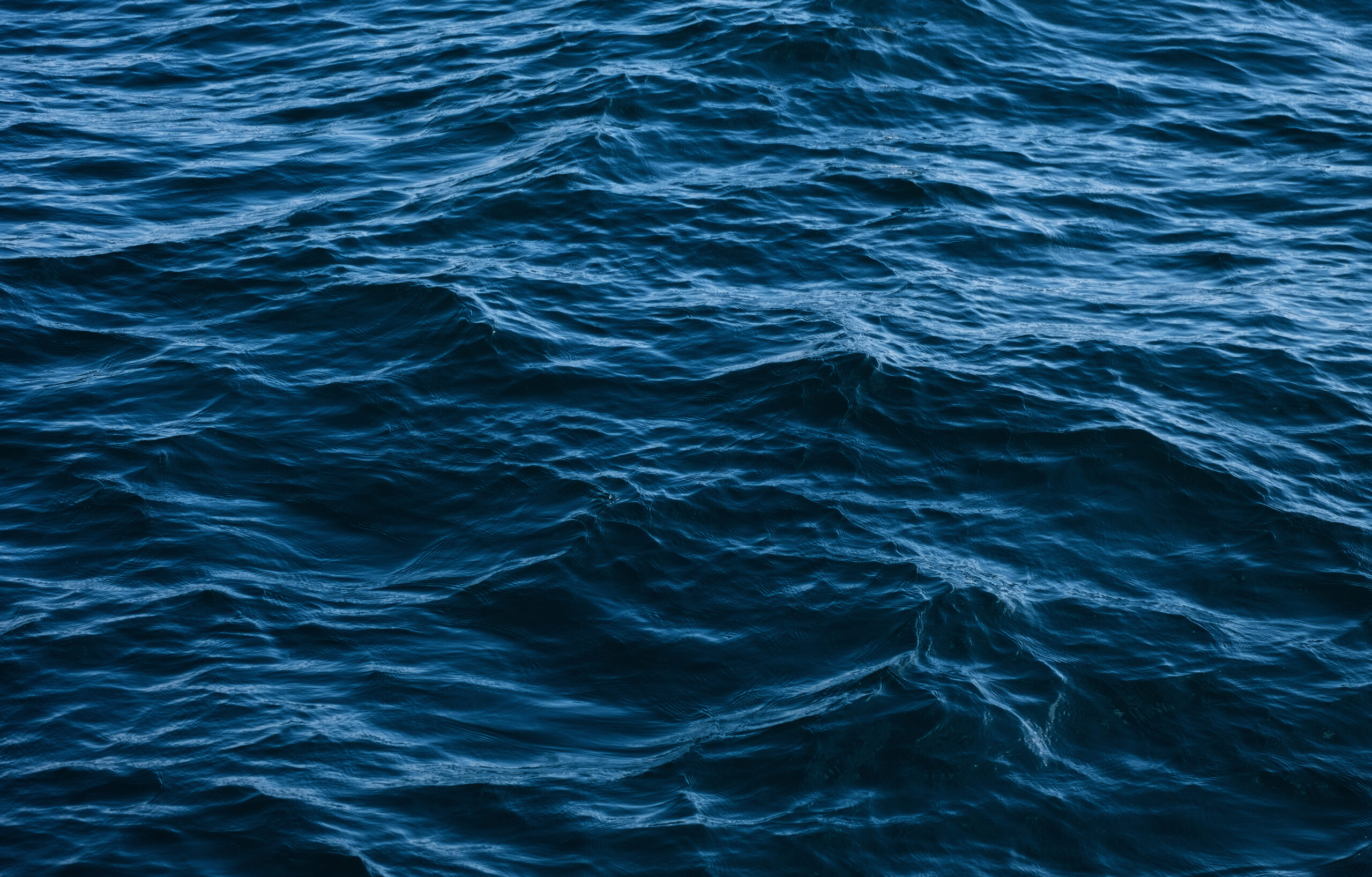On the news, one will often find reports of food containing harmful bacteria or dangerous pests in produce. However, some dangers within the foods we eat stem from humans ourselves and the trash that we leave behind. It’s easy enough to throw away trash on the street or even in trash cans and think that it’s gone and that one no longer is affected by it. Yet, research and studies continue to show that our actions as humans continue to harm the environment we live in, our food, and our own health.
In order to understand how trash affects both global and local health, it’s best to first understand microplastics. As the name suggests, microplastics are small pieces of plastic that have been broken down over time to be around the size of a grain of rice. Everyday objects such as laundry detergent containers, water bottles, or old clothing make up these small pieces that get washed up on shore or are swallowed by marine life. Most of the time, people don’t even notice microplastics. They blend in with sand or sink away from sight. Yet these small pieces of trash result in negative effects on our ecosystems and health.
Image of collected plastics in Livorno, Italy.
Image Credit: Laura Lezza
What is particularly dangerous about microplastics is how they end up in the very food we eat. A study conducted by UC Davis showed that up to three different parasites, that we normally don’t see, can follow microplastics wherever they may go, which includes food. Trash that ends up in the ocean will eventually sink to the bottom along with the parasites that follow the micro plastics. At the bottom of the ocean also lies filter-feeding shellfish that will retain such parasites and trash. Not only do many people eat the shellfish (which includes muscles, clams, and oysters), but so do the marine wildlife. This finding has been proven to lead to the death of sea otters and endangered wildlife such as dolphins and monk seals. It can also cause lifelong developmental and reproductive disorders as well as weaken the immune system in humans, making people more susceptible to other infections.
Much of the damage that microplastics have brought to marine and land life and ecosystems are already irreversible, yet much can still be done to prevent further harm. The intent of studies like the one conducted by UC Davis isn’t to scare consumers away from eating shellfish but rather to make an effort to reduce and manage pollution into the environment by personal choice as well as by large corporations.
Featured Image Source: Alex










